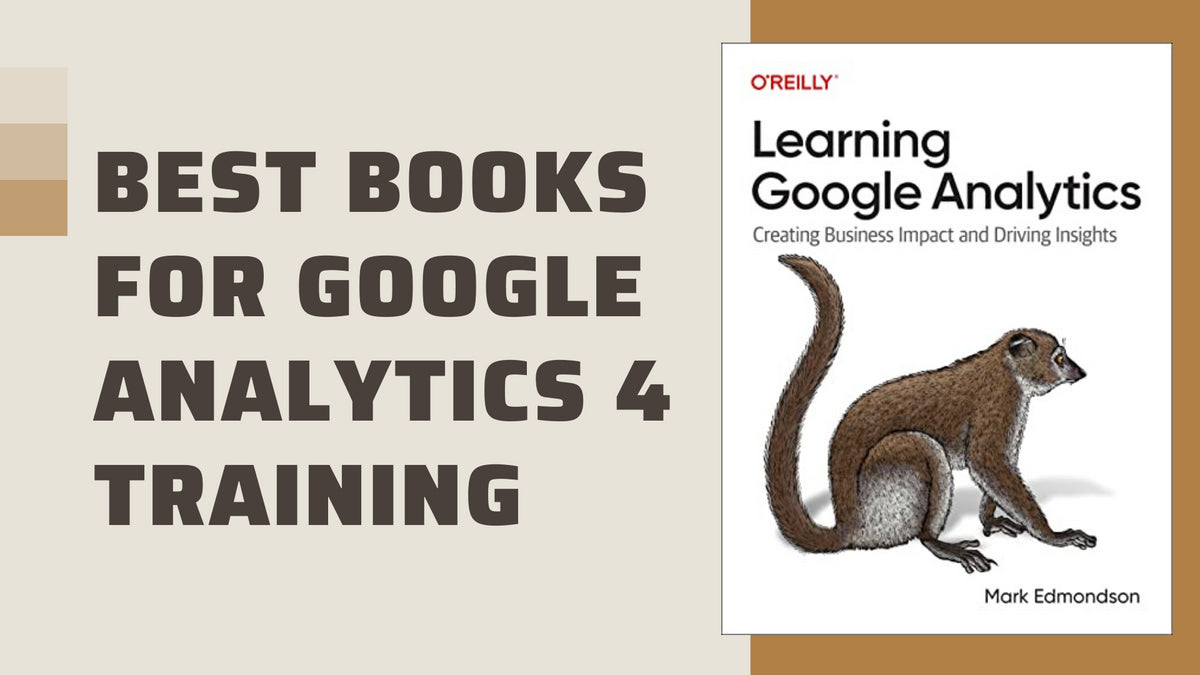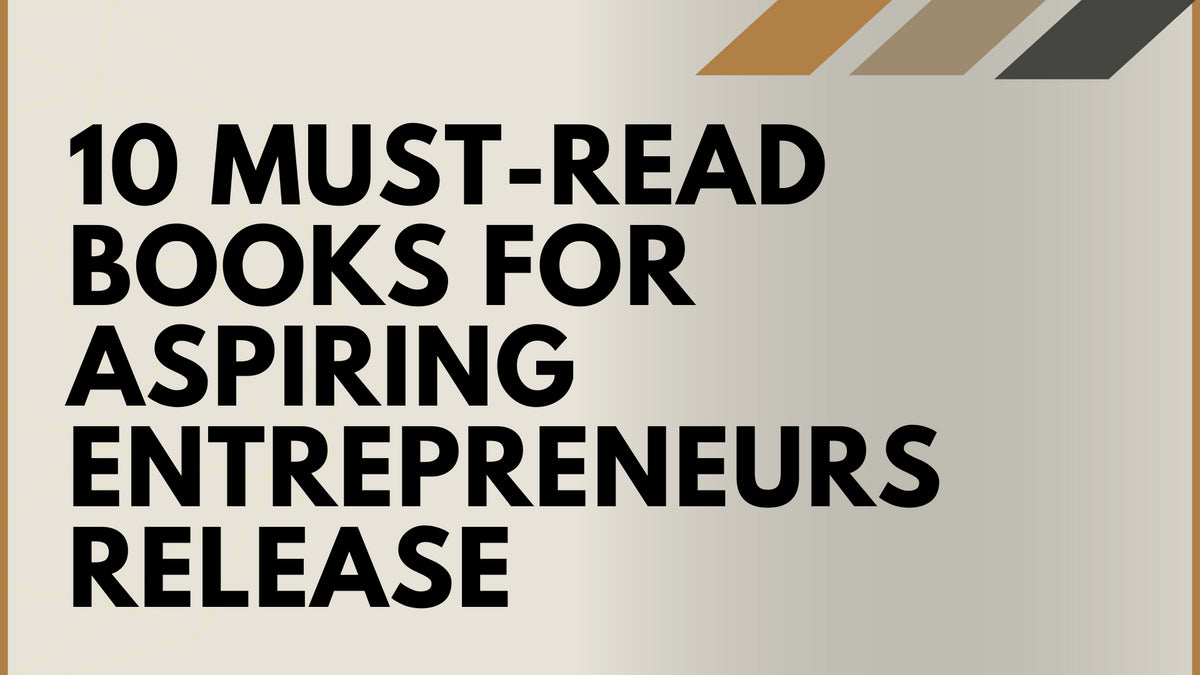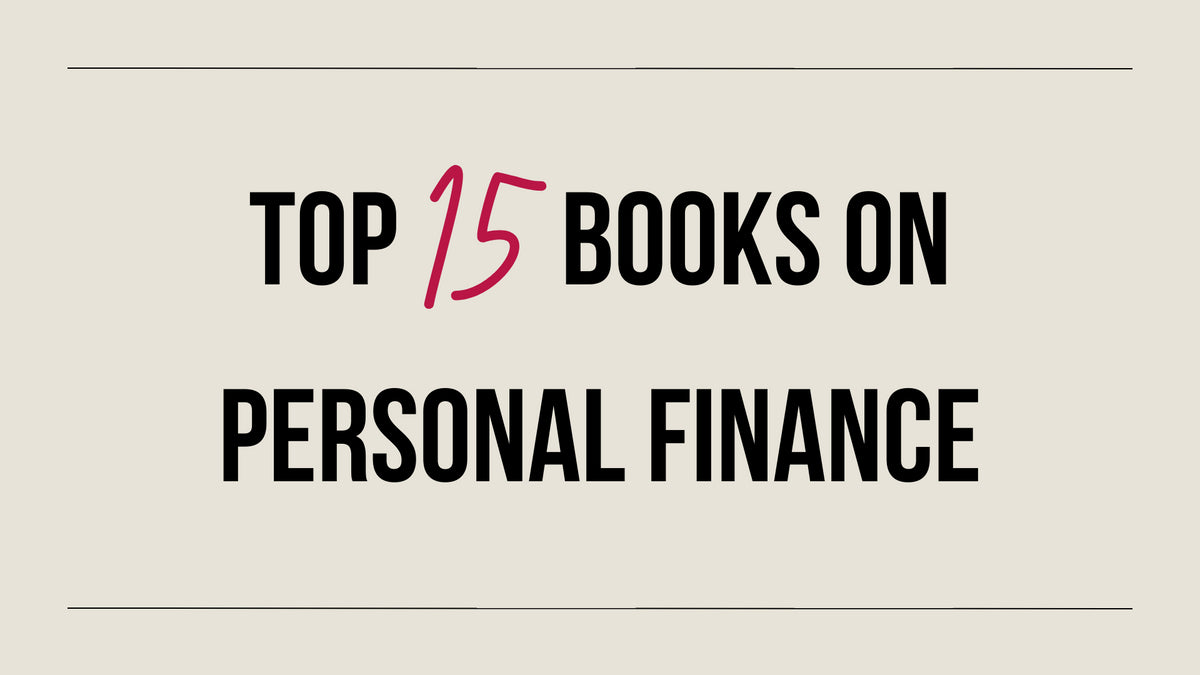Your Cart is Empty
Alchemy Book Summary: Consumer Buying Behavior
Listen To This Article
Consumer Decision Journey
A great deal of customer behavior remains a mystery even in a world built on economic models and logical methodology. In Rory Sutherland’s Alchemy, you will see how to apply creative thinking to explain seemingly inexplicable behavior and also learn that some behavior is more obvious than you thought.
Identifying phenomena is only part of the journey -- you will also learn how to unleash all parts of your (and most consumer's brains) to solve complex problems of consumer behavior.
Learn About Consumer Behavior And Decision Making
- Terms like: Privileging the hypothesis, Information asymmetry, The theory of continuation probably, The focusing illusion, Goldilocks effect, IKEA effect, and more.
- Unconscious/Subconscious impact decisions can have on success - stackable chairs outside a coffee shop vs permanent benches/open sign.
- If you’re too predictable people will learn to hack you.
- Human behavior is not as predictable as logical thinking and economic models would have you believe - You can’t taste something and determine it is poisonous. It is too late at the point. Humans have evolved to have a good hunch about something in advance is key to survival.
- Affordance and how simplicity can avoid confusion.
- Although humans have long been removed from hunting and gathering, a good amount of our behavior can be explained through the lens of evolutionary biology.
- Harnessing human behavior for a desirable outcome is a lot more illogical than you might think.
- Some things that do not make sense work astonishingly well.
- Some things that make complete sense do not work at all.
- Some things you didn't think matter, really do.
- Dumb questions are important to find better solutions to problems both big and small.
- Costly signaling theory and how to achieve attention, conviction and a sense of importance.
- Creative thinking can lead to solutions that are actually more effective and cheaper than traditional problem-solving methods.
- Instead of seeking the best product, people usually pursue the least bad outcome.
- The Elsberg paradox - A 1% chance of a nightmare situation dwarfs the 99% change of a successful 5% gain
- Reframing a failing product can create value in a display of modern-day alchemy.
- The importance of accountability to feedback and feedback to quality - Anonymity destroys quality because no one is accountable

Featured In This Review
Alchemy
$20
In Rory Sutherland’s Alchemy, you will see how to apply creative thinking to explain seemingly inexplicable behavior and also learn that some behavior is more obvious than you thought.
SHOP NOWAlchemy Book Summary
In entertaining example after entertaining example, Rory Sutherland shows that people are complicated and their behavior is unpredictable at times. What we think we know about human behavior, and, therefore, consumer behavior, is based on flawed economic models or rational explanations formed after the fact. Although these models are not bogus, they are like a turn-by-turn GPS: they just do not have access to the bigger picture. Alchemy is an attempt to show that not everything that works makes sense. Sometimes, a logical solution is more expensive and less effective.

To explain the primary premise of his book, Sutherland uses Red Bull’s meteoric rise in the soft drinks market. To compete with Coca-Cola’s massive market share, Red Bull did the illogical: they marketed a more expensive, bad-tasting beverage that was sold in smaller cans. Although it sounds ridiculous, this strategy worked. This is just one of the examples Sutherland uses to illustrate how human behavior deviates from predictable logic. There are many more.
Want to buy a book review like this?
Click here to learn how you can get a book review like this.
Much of why people behave against traditional logic is rooted in evolutionary biology. Modern humans may have lifestyles steeped in technology, but we still hold remnants of the primitive people who were under constant attack from predators. Because of this, humans tend to behave unpredictably. After all, logical actions are easy to predict. A predictable creature is easy prey. Sutherland argues that in employing creative psychologically driven solutions, many of today’s complex problems can be solved. For more on human behavior we recommend the book Competing Against Luck.

How does the process of creative problem-solving work? Although the inner workings of the human brain are still shrouded in mystery, asking seemingly obvious questions is one way to unlock new solutions. Sutherland uses engaging examples to show how stupid questions can result in better solutions. However, finding a creative solution is only part of the battle. Selling a creative solution can be incredibly difficult in today’s data-driven world.
Although data, mathematical modeling, and economic methodology are useful tools, they are often used as crutches to justify mediocre decisions. The trouble with these tools is that they are easy to misunderstand or even be wrong altogether. One computational error in a mathematical model can have monumentally disastrous consequences. In addition, these strategies tend to fail to see the whole picture. How should one proceed if these methodologies are faulty? Instead of relying on market research and rationalization, a good start is running experiments to see how customers will really behave.After all, big data is based on the past and, chances are, you want to find out more about the future. Another book to read on leveraging real data to make decisions is Fooled By Randomness.

With an impressive background in advertising, Sutherland is very familiar with the concept that what customers say they want is different than what is actually desired. With impeccable simplicity, Sutherland goes on to illustrate how influencing customer behavior is similar to driving an automatic vehicle. Although a vehicle with an automatic transmission shifts gears without any intervention from the driver, the driver can manipulate the speed and acceleration to achieve a desired gear. Most organizations attempt to predict customer behavior as if they are driving a manual vehicle -- if an outcome is desired, financial incentives are increased. However, people do not react like a manual transmission. Instead, Sutherland attests that influencing behavior must be done indirectly like shifting gears with an automatic transmission.Another spectacular book about influencing behavior is Nudge.
One way that an organization can do this with a product is to reframe the problem. What does that mean exactly? Sutherland shows how renaming the “Patagonian toothfish” to “Chilean sea bass” makes a frightening fish sound exotic and delicious. Although this is often successful, he shares an amusing anecdote in which his wife tasked him to purchase a wide-slot toaster. Instead, he came home with a bread slicer. This is one of many personal anecdotes which makes Alchemy a true pleasure to read. If clarifying your offering to customers for optimal reaction sounds interesting after you're done with this book we recommend Building a Storybrand next.

Another way to influence customer’s behavior using an automatic transmission strategy is to harness the very counterintuitive behavior that stalls growth. People infer value from price. Because Red Bull comes in a small can and is expensive, potential customers believe that it must be potent. Placebo effects are also useful if employed proficiently. Counter intuitively, adding a step to a product makes it feel more effective. Betty Crocker found that sales increased when they added extra steps to their cake mixes.
If the ancient art of alchemy is transforming lead into gold, modern alchemy is harnessing psychology to create better solutions. That solution might be a single button on a website that increases revenue by $300 million dollars or arrival boards in public transportation that exponentially increase customer satisfaction without any costly infrastructure upgrades. In a world where decisions are often made based only on what looks good on a spreadsheet, you can use creative thinking to boost your organization beyond the competition. Sutherland takes the reader on an entertaining and informative journey to explore the enigma of human behavior for a brighter tomorrow.
About The Author Rory Sutherland
Rory Sutherland is the Vice Chairman of Ogilvy Group, which is part of one of the largest advertising groups in the world. He has served as the Chair of the Judges for the Direct Jury at Cannes as well as serving as the president of the Institute of Practitioners in Advertising, which is incorporated by a Royal Charter. In addition to writing Alchemy: The Dark and Curious Science of Creating Magic in Brands, Business, and Life, Sutherland has been published in Wired and writes regular columns for Market Leader, Impact, and The Spectator. He has given TED Global presentations and now travels as a speaker.
After studying at Cambridge, Sutherland taught classics for a year. Then, in 1988, he joined Ogilvy group as a junior copywriter. One of the first clients he worked with was pre-Windows Microsoft. He became one of the leading proponents of new technology and is known for his forward-thinking marketing initiatives. Today, Sutherland is very active on Twitter and hosts a podcast called “On Brand” available on Apple Podcasts. Because he co-founded a behavioral science practice within Ogilvy, Sutherland also creates alchemy with psychology graduate students finding previously undiscovered opportunities.
Want to buy a book review like this?
Click here to learn how you can get a book review like this.
Leave a comment
Comments will be approved before showing up.
Also in Books

The Best Books for Google Analytics 4 (GA4) Training
Unlock the secrets of Google Analytics 4 with our curated list of the best GA4 training books for 2023! Dive deep into actionable insights, master advanced techniques, and lead the digital analytics revolution. Don't get left behind; discover the ultimate resources to dominate GA4. Click now to elevate your skills!
Read More
10 Must-Read Books for Aspiring Entrepreneurs
Do you dream of starting your own business? If so, you need to read this article! We've compiled a list of 10 must-read books for aspiring entrepreneurs. These books will provide you with the knowledge and inspiration you need to turn your dream into a reality. Click here to read the article and learn more!
Read More
Top 15 Books on Personal Finance
Are you looking for a safe and informative place to learn about personal finance? If so, you've come to the right place! This article discusses the top 15 personal finance books on the market, all of which are sure to help you improve your financial situation without any explicit sexual descriptions or that is sexually suggestive in nature or is primarily intended to cause arousal.
Read More